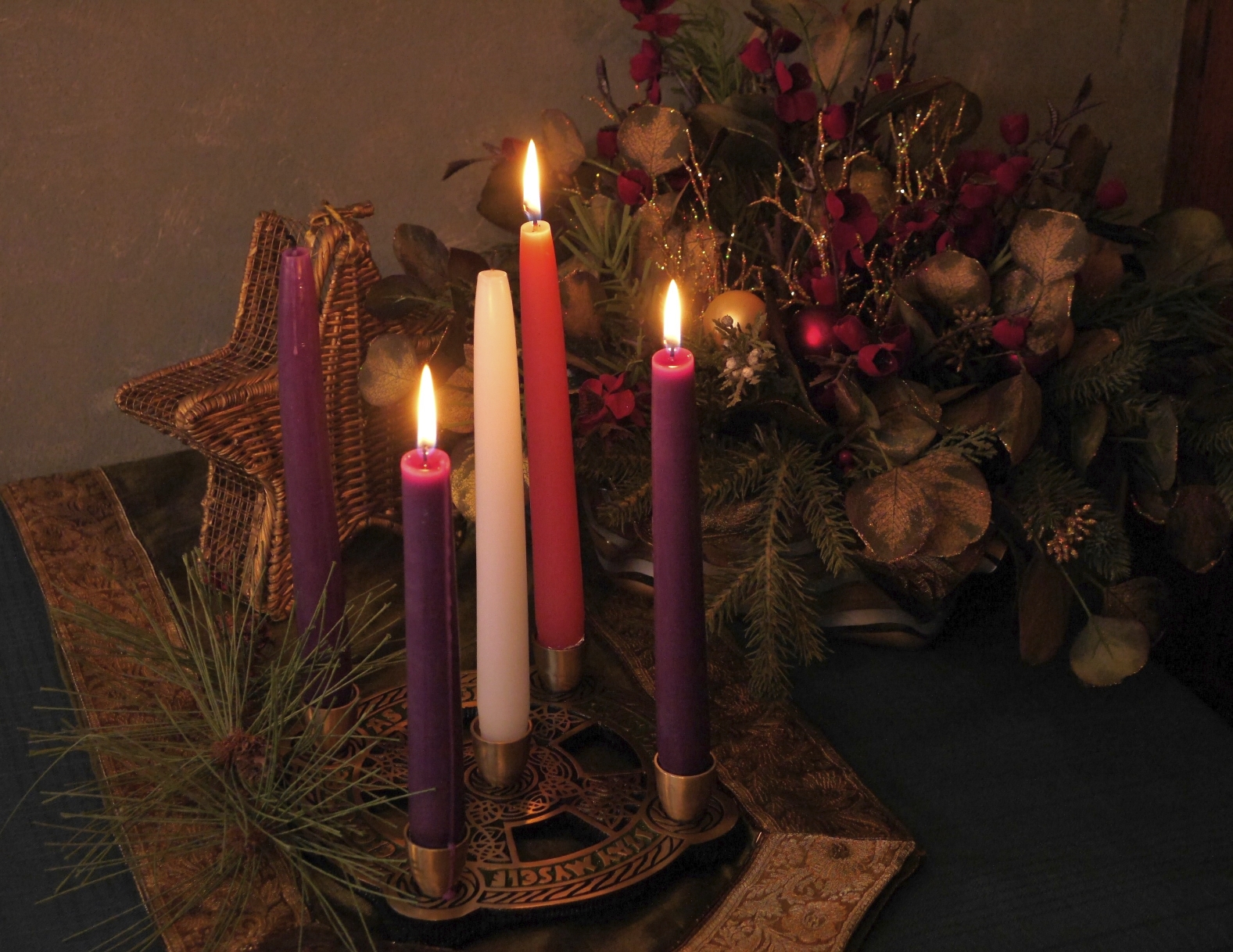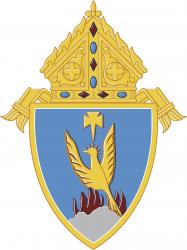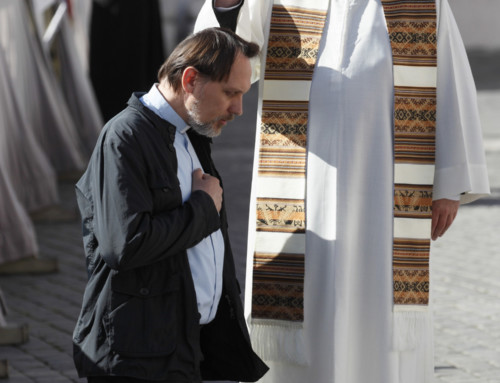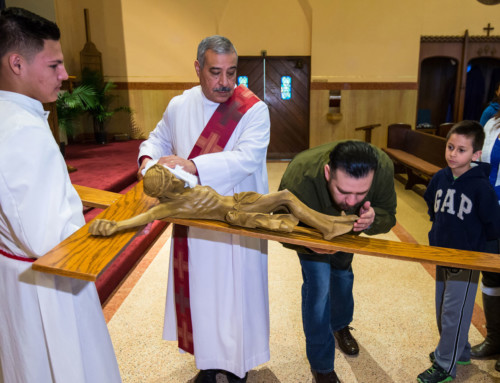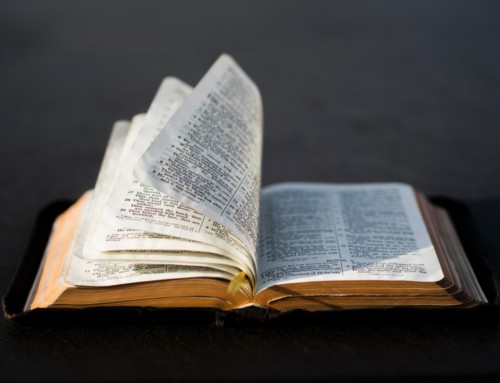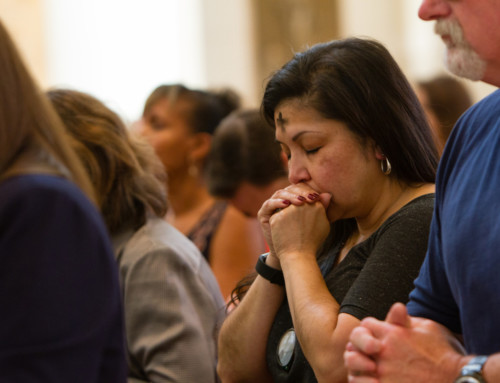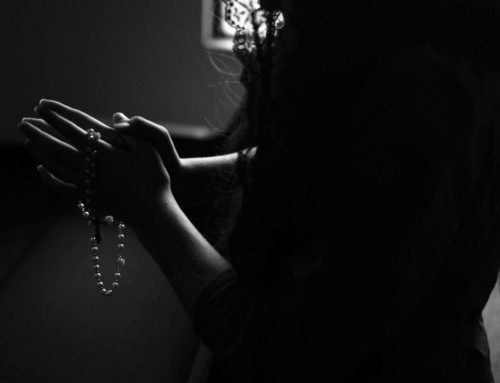What is special about the Third Sunday of Advent? For much of the Church’s history, this Sunday had a special name: “Gaudete” Sunday. The traditions surrounding this Sunday go back as far as the fourth or fifth century, as does the season of Advent itself. Advent, our preparation for Christmas, was originally a forty-day penitential season like Lent. In fact, since it used to begin on November 12 (just after the Memorial of St. Martin of Tours), it was called “St. Martin’s Lent.” “Gaudete Sunday” was the Advent counterpart to “Laetare Sunday,” which marks the midpoint in Lent.
On Gaudete Sunday, the season of Advent shifts its focus. For the first two weeks of Advent, the focus can be summed up in the phrase, “The Lord is coming.” But beginning with Gaudete Sunday, the summary might be, “The Lord is near.” This shift is marked by a lighter mood and a heightened sense of joyous anticipation.
Liturgically, the colors lighten as well. The priest usually wears rose-colored vestments, a hue seen only on Gaudete Sunday and Laetare Sunday. On this day, we light the third candle of the Advent wreath, which is also rose-colored, or if you prefer, pink.
The word “Gaudete” is Latin for “Rejoice.” In times when the focus of our anticipation is often on the negative and fearful, this celebration is a reminder that God who loves us is still in charge and that we await his coming not with fear, but with tremendous joy.
Today’s second reading, from the First Letter of St. Paul to the Thessalonians, reflects this joy:
“Brothers and sisters: Rejoice always. Pray without ceasing. In all circumstances give thanks, for this is the will of God for you
in Christ Jesus.”
Copyright © 2014, United States Conference of Catholic Bishops, Washington, DC. All rights reserved. Used with permission.

